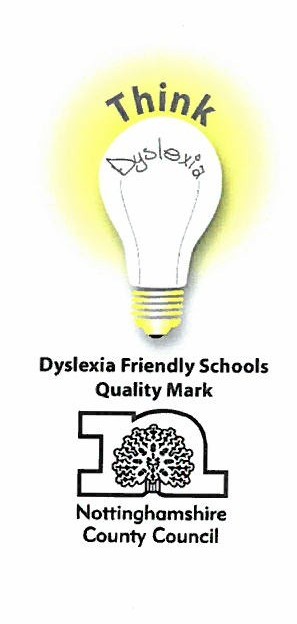Dyslexia
 Characteristics of Dyslexia
Characteristics of Dyslexia
Dyslexia isn’t something that needs to be cured. It is more a pattern of learning that needs to be understood.
“Dyslexia is a specific learning difficulty that mainly affects the development of literacy and language related skills. It is likely to be present at birth and to be life-long in its effects. It is characterised by difficulties with phonological processing, rapid naming, working memory, processing speed, and the automatic development of skills that may not match up to an individual's other cognitive abilities.
It tends to be resistant to conventional teaching methods, but its effect can be mitigated by appropriately specific intervention, including the application of information technology and supportive counselling.”
The British Dyslexia Management Board October 2007
Methods for identifying dyslexia have been based on typical characteristics associated with dyslexia. Whilst these characteristics are often present in cases of dyslexia, none are always present. These characteristics are, however, important to the staged process of assessment as they will give clues to making appropriate provision for the particular pupil. Here at Berry Hill, we have developed our own Dyslexia Pathway to help gather information, identify individual strengths and areas for development so that we can support pupils who are believed to be Dyslexic in the best possible way.
The Dyslexia Friendly School
A dyslexia friendly school is a school where all staff have an understanding of how dyslexia impacts on general learning styles.
Meeting the needs of pupils with dyslexia is the responsibility of all members within school.
Pupils’ difficulties extend across the curriculum and therefore all staff are responsible for supporting their needs.
Schools should include dyslexia friendly strategies and practice in their whole school policies. The following issues could be considered:
- Learning & teaching styles
- Arrangements for raising staff awareness of dyslexia
- Training for teachers, teaching assistants and other staff
- Resources
- ICT
- Adapting the whole school marking policy
- Supported reading and spelling strategies across the curriculum
- Parental involvement
- Access arrangements for formal assessments
- Involvement of pupils in finding their preferred strategies
- Differentiation across the curriculum and to suit individual learners
- Development of skills i.e. study skills & organisation
- Adaptation of the Handwriting policy
If you have any concerns regarding your child being Dyslexic, please speak to your child's class teacher who will begin the initial steps of the Pathway.
You can also contact the SENCo through the school office.